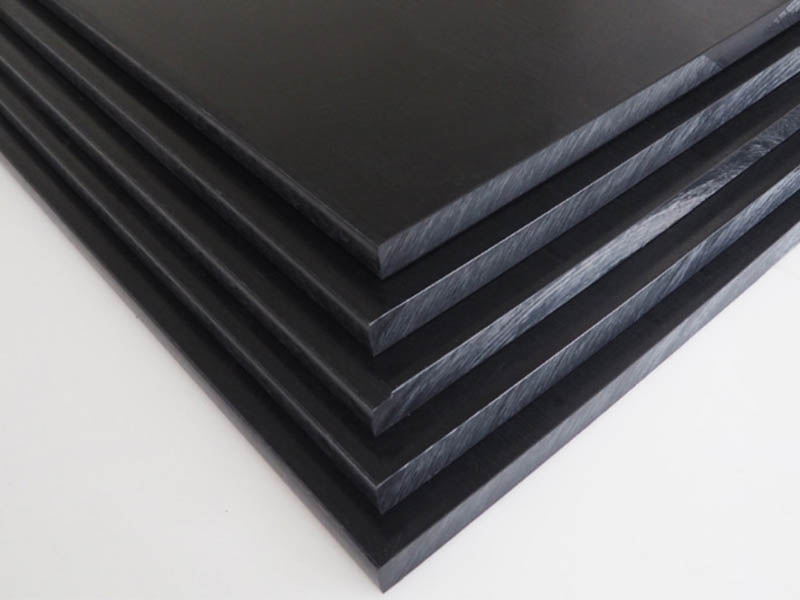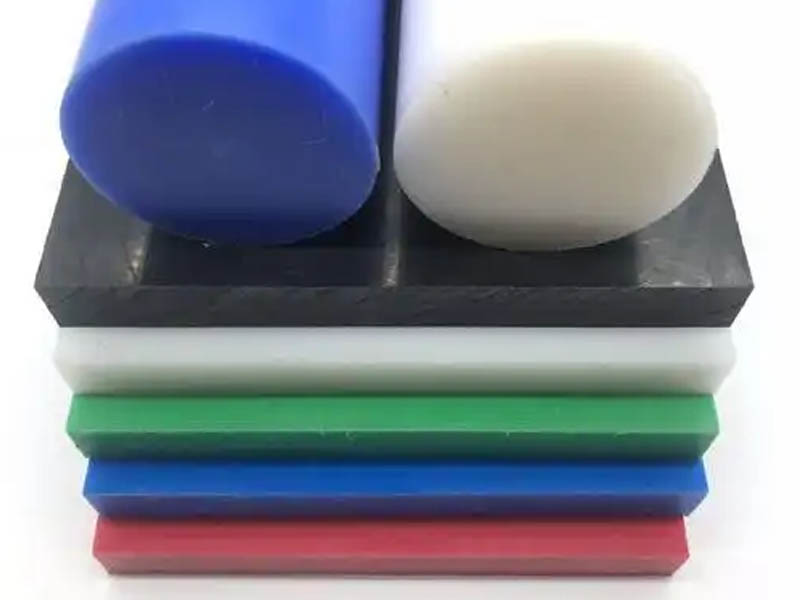El polioximetileno (POM), también conocido como polímero de aldehído, polioximetileno y poliacetaldehído, es un termoplástico de ingeniería. Su densidad oscila entre 1,410 y 1,420 g/cm³. No solo posee excelente dureza, resistencia y rigidez, sino que también posee resistencia química, estabilidad dimensional, resistencia mecánica y bajo coeficiente de fricción, lo que lo convierte en un material confiable en aplicaciones de ingeniería.

Aunque el POM tiene excelentes propiedades mecánicas y resistencia al desgaste, aún enfrenta algunos problemas durante el procesamiento, que se resumen a continuación:
1. Problema de agrietamiento
Los materiales POM son propensos a agrietarse durante el procesamiento, especialmente durante el mecanizado CNC de alta velocidad o el corte profundo. Esto se debe a la liberación de tensiones internas o a un enfriamiento desigual del material. Para reducir la aparición de grietas, es fundamental mantener parámetros de enfriamiento y procesamiento adecuados. Durante el procesamiento, es necesario asegurar una velocidad de enfriamiento uniforme y evitar cambios bruscos de temperatura. El uso de un fluido de corte adecuado y el ajuste de la velocidad de corte también pueden ayudar a reducir el riesgo de agrietamiento del material.

2. Problema de deformación
El plástico POM presenta una alta higroscopicidad, por lo que los cambios de humedad y temperatura durante el procesamiento pueden provocar su deformación. El POM se expande con el aumento de temperatura y puede contraerse al enfriarse, especialmente al procesar piezas grandes o formas complejas. Además, una fuerza de corte excesiva durante el procesamiento del POM puede causar deformación, especialmente al procesar paredes delgadas o microestructuras.

3. Desgaste de la herramienta
El POM tiene baja dureza. Aunque genera relativamente poco calor durante el procesamiento, sus propiedades pegajosas pueden provocar un rápido desgaste de la herramienta. La selección del material y el recubrimiento de la herramienta, así como unas condiciones de corte adecuadas, pueden prolongar eficazmente su vida útil. El uso de herramientas de carburo o recubiertas de alta calidad, junto con parámetros de corte precisos, puede ayudar a reducir el desgaste de la herramienta y mejorar la calidad del procesamiento.

4. Problemas de calidad de la superficie
En el mecanizado CNC de plásticos POM, garantizar la calidad de la superficie es un reto importante. Debido a las características del material, pueden aparecer arañazos, rozaduras u otras texturas irregulares en la superficie. Para obtener una superficie más lisa, es necesario ajustar los parámetros de corte, utilizar las herramientas adecuadas y adoptar diferentes técnicas de procesamiento, como el acabado o el posprocesamiento, para mejorar el acabado superficial según sea necesario.
Etiquetas :
Categorías
Último blog